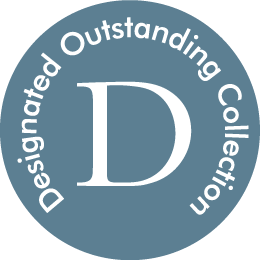The microscope in Image 1 is one of two replica microscopes in the collections of the Whipple Museum, made in imitation of the instruments of the Dutch 'microscopist' Antoni van Leeuwenhoek (1632-1723). The replicas are comprised of two brass plates riveted together, with a single lens held between them. Specimens can be mounted on a needle that is attached to a system of threaded rods, which can be adjusted for coarse and fine focus.
Problems with single-lens microscopes
Leeuwenhoek's microscopes are simple microscopes - they only have one lens. The high curvature of the tiny lens results in a very short focal length; this means that in order to focus clearly the microscope has to be held extremely close to the eye. Leeuwenhoek achieved magnifications of 20X to 275X with the original microscopes, but they were notoriously difficult to use, because of their short focal length and tiny aperture (Image 2). Robert Hooke, the famous microscopist and contemporary of Leeuwenhoek, had the following to say about similar lenses:
"besides, I have found use of them offensive to my eye, and have much strained and weakened the sight, which was the reason why I omitted to make use of them, though in truth they do make the object appear much more clear and distinct, and maginifie, as much as the double Microscope: nay, to those whose eyes can well endure it, 'tis possible with the single Microscope to make discoveries much better than with a double one, because the colours which do much disturb the clear vision in double Microscopes is clearly avoided and prevented in the single." (1)
John Mayall copied these replicas from an original Leeuwenhoek microscope in 1886. Mayall was not attempting to create forgeries to sell ; rather, he was interested in Leeuwenhoek's construction process.





